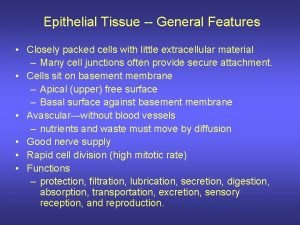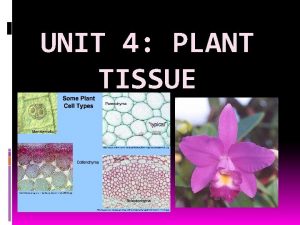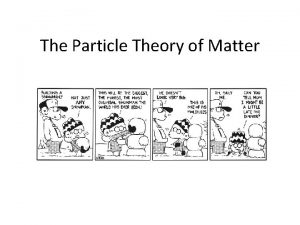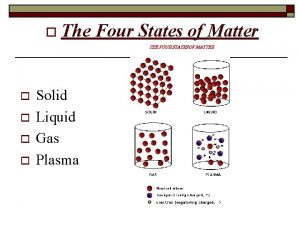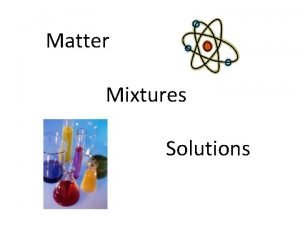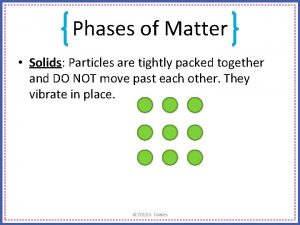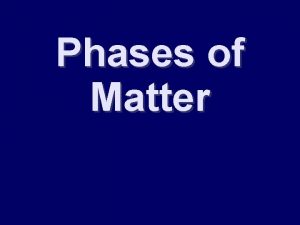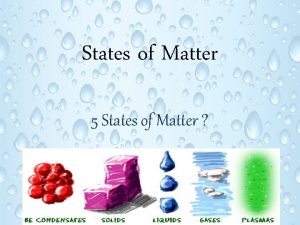States of Matter Solid Particles are packed closely






- Slides: 6

States of Matter: Solid: Particles are packed closely together, vibrating in place. Solids have a fixed volume & fixed shape. Liquid: The attractive forces between particles are weaker than in a solid. Liquids have a definite volume, but not a definite shape.

States of Matter: Gas: Particles are much farther apart than in liquid or a solid, the attraction forces between them are weak. Gases do not have definite shape or volume. They can be compressed.

States of Matter: Plasma: Is matter consisting of (+) & (-) charged particles. Do not have a definite shape or volume. Examples: Lightning, electric sparks, fluorescent lamps, neon lights, plasma television It is the most common state of matter in the universe (The stars, including the Sun contain plasma).

Structure Determines Properties • The atoms or molecules have different structures in solids, liquids, and gases − leading to different properties. 4

Gas vs vapor: Vapor in its natural state is a solid or liquid at room temperature. However, a gas in its natural state at room temperature it is already a gas. Examples: 1) Steam is a vapor because at room temperature, it is liquid water. 2) Nitrogen is a gas because at room temperature it exists in a gaseous state.

Gas vs vapor: In other words: A vapor is a substance which has experienced a phase change. Whereas, a gas is a substance which has not, and will not experience a phase change. Gas is a state of matter, while vapor is not.

